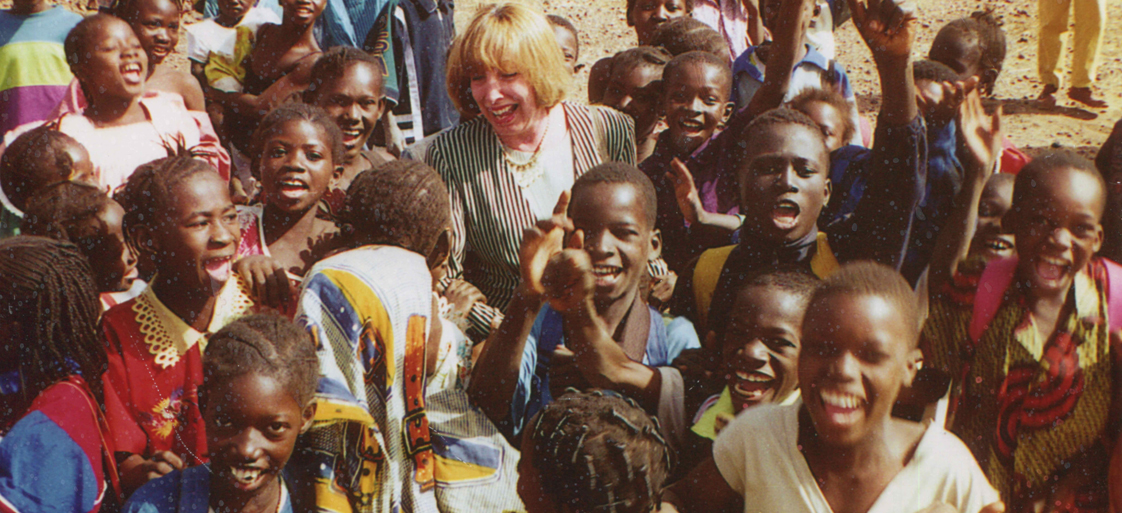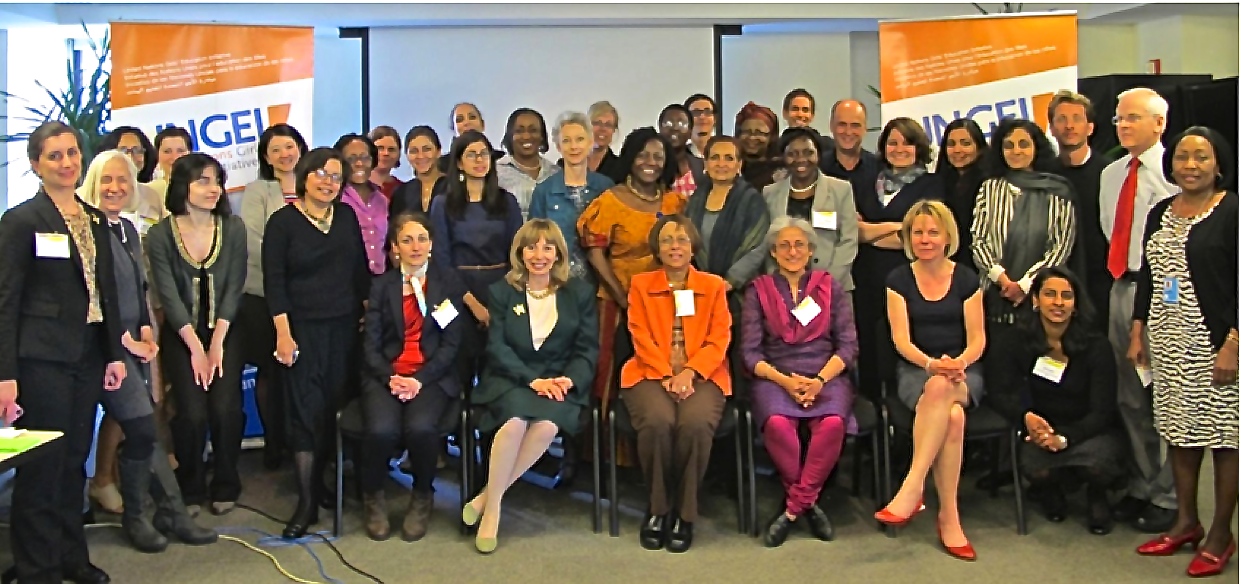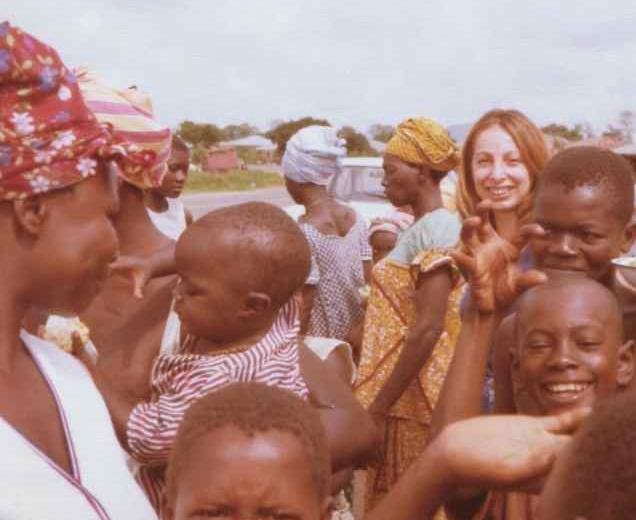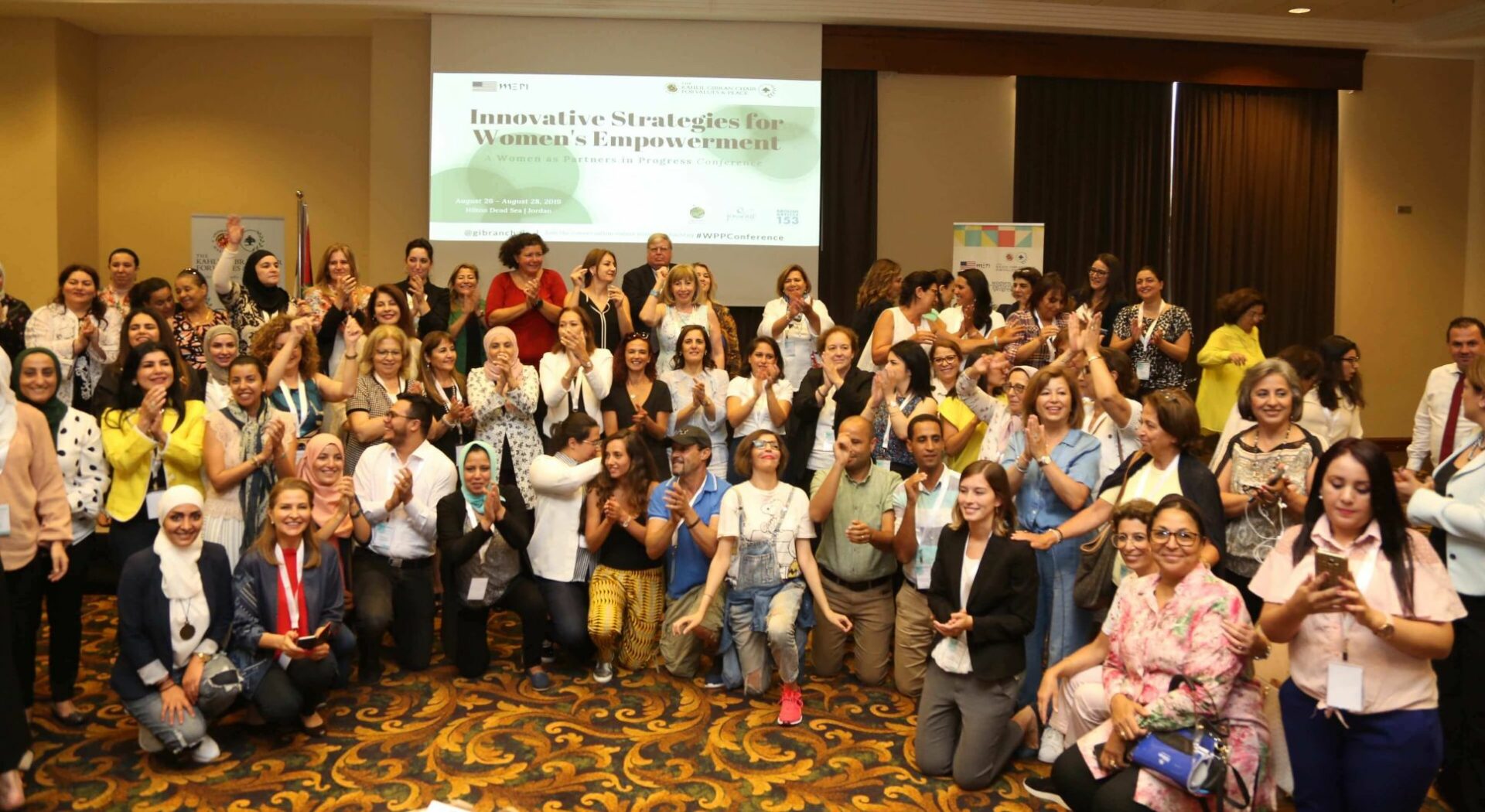
Global Work
May Rihani’s work has addressed numerous issues related to girls and women. She has researched, planned, designed, managed, and overseen numerous country and regional human development programs in educational reform, girls’ education, gender equity and integration, women’s leadership, women’s economic productivity, and women’s empowerment.
She has worked primarily in Africa, Asia, and the Middle East and consulted in other regions, including Europe and the South Pacific.
May Rihani’s in-depth Knowledge
May Rihani’s in-depth knowledge of education and gender equity has attracted the attention of many donor organizations that have sought her ideas and analytical skills to support their missions. In just a few years, she succeeded in expanding the donor base of AED’s Center on Gender Equity to include not just traditional donors — such as USAID and the World Bank — but also the Asia Development Bank, the Netherlands AID, the British international development agency (DFID), UNICEF, UNFPA, GE Foundation, Johnson and Johnson Foundation, Kenora Foundation, Exxon Mobil, and others.
In addition, May Rihani was elected as the Co-Chair of the Global Advisory Committee of the United Nations Girls’ Education Initiative, UNGEI, for 2008-2010. During the Global Advisory Committee Meeting in Kathmandu, Nepal, in 2008, and after Rihani’s election as Co-Chair, the following statement was issued by UNGEI’ as UNGEI’s vision: “A world where all girls and boys are empowered through quality education to realize their full potential and contribute to transforming societies where gender equality becomes a reality.”

She worked on projects addressing the above issues in the following countries:
Africa: the Democratic Republic of the Congo, Ghana, Guinea, Ivory Coast, Kenya, Lesotho, Liberia, Malawi, Mali, Niger, Senegal, Sierra Leone, Somalia, South Africa, Sudan, Togo, Uganda.
The Middle East and North Africa: Egypt, Jordan, Iraq, Kuwait, Lebanon, Mauritania, Morocco, Qatar, Saudi Arabia, Sudan, Tunisia, the United Arab Emirates, and Yemen.
Asia: Afghanistan, India, Malaysia, Nepal, Pakistan.

Girls’ Education
May Rihani’s work and research, as well as the research of many international education experts have proven that girls’ education is one of the main drivers of the social and economic advancement of countries.
Quality Education
If girls are not supported to pursue quality education not just at the primary level, but also at the secondary and tertiary levels, then countries cannot fully advance with only half of their human resources educated and skilled. The higher girls reach in their education the more able they become to contribute to their communities and countries.
Girls like boys need to complete secondary education and then chose the most appropriate path for their higher education. In some developing countries, however, the percentage of girls completing secondary education is still lower than 25% as of this write up in 2019.
When a high percentage of girls complete secondary school, their life expectations change as does their behavior, and many benefits will accrue to them, their families, and their communities.
The outcomes of girls’ secondary education are many, among them:
In Summary...
A girl that completes secondary education is empowered in very practical ways and tends to assert herself and play a positive role in the social and economic decisions of her home, her family, and her community.
Women’s Empowerment
Countries advance optimally on the social and economic fronts when men and women can participate equally in the social and economic lives of their communities and countries.
When this is not the case, a gap exists in terms of the level of participation and engagement, and countries find themselves lagging in human development. Statistics usually tell the story in the clearest possible way.

To illustrate
the divide between women and men in their participation in the labor force of their countries. Based on the International Labor Organization (ILO) definition, the labor force rate is the proportion of the population aged 15 and older that is economically active: all people who supply labor for the production of goods and services during a specified period.
Here are the statistics for the rate of women’s participation in the labor force of six countries in the last few years.
These statistics reveal two very different stories:
Our global village
should be a place in which the lives of men and women are based on opportunity and personal achievement, rather than gender or other social, economic, or environmental circumstances.
The world will be more advanced and a better place once communities work towards the rights of all, especially girls and women, to access high-quality education; to live in a healthy and safe environment; to engage fully in social, economic, and civic activities; and to pursue leadership positions in society.
We have made good progress in the last 50 years, but we need to make a lot more to create a fair and equitable world.